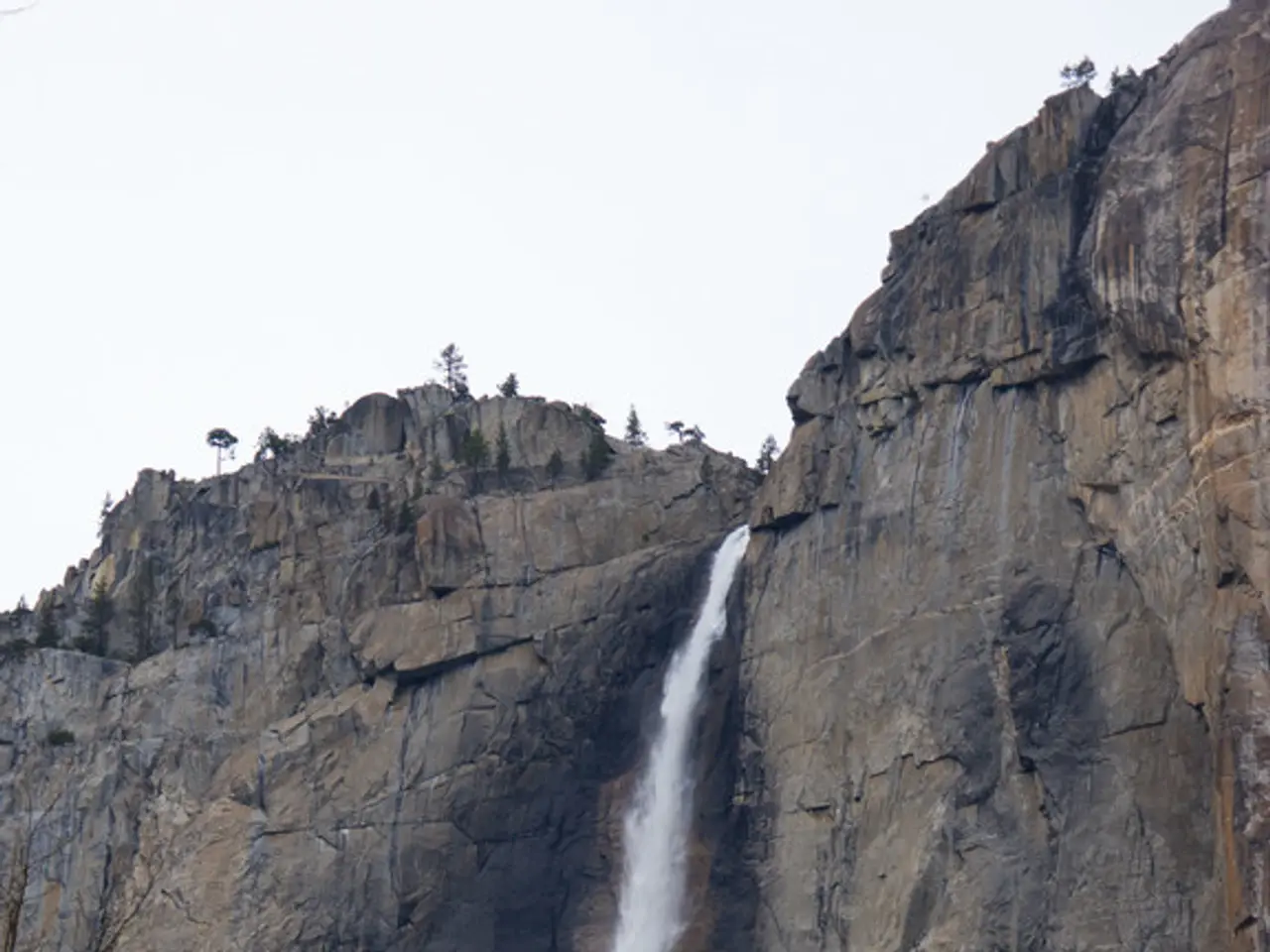Record-Breaking Floods: A Review of History's Most Devastating Inundations (Including 9 Other Notable Flood Disasters)
From the Yangtze River in China to the Mississippi River in the United States, floods have been a recurring and devastating natural disaster throughout history. Here are some of the deadliest floods ever recorded, highlighting their locations, death tolls, and the impact they had on the affected regions.
Beginning with the deadliest flood in recorded history, the 1931 China Floods along the Yangtze, Huai, and Yellow Rivers claimed an estimated 1 to 4 million lives due to drowning, disease, and famine. This catastrophe underscores the devastating consequences of large river basin floods and the vulnerability of densely populated areas.
In 1887, China was again struck by the Yellow River Flood, with an estimated death toll of approximately 900,000 to 2 million people. This disaster was followed by another Yellow River Flood in 1938, deliberately caused by the Chinese army during the Sino-Japanese War to halt the Japanese advance, resulting in between 500,000 and 900,000 deaths.
Leaving Asia, we find the 1970 Bhola Cyclone in Bangladesh, which resulted in the death of an estimated 300,000 to 500,000 people. This cyclone and associated floods are Africa’s deadliest tropical cyclone-related flooding on record.
Moving to the United States, the 1937 Ohio River Flood resulted in nearly 400 deaths and over 1 million evacuations. This disaster led to major changes in flood insurance and early warning systems. The 1927 Mississippi River Flood, caused by torrential rains that caused the Mississippi and Missouri Rivers to swell, breaching levees and inundating 27,000 square miles, affected over half a million people.
Hurricane Katrina in 2005 was another major disaster for the U.S., resulting in widespread destruction, with an estimated death toll of 1,833 people and billions in property damage. The Rapid City Flood in South Dakota in 1972, caused by heavy rainfall, resulted in the death of 238 people, leading to significant improvements in U.S. flood management and preparedness.
The 1889 Johnstown Flood in Pennsylvania occurred when the South Fork Dam failed, resulting in the death of over 2,200 people. The Galveston flood in 1900 in Texas killed between 6,000 and 12,000 people and destroyed most of the infrastructure. The aftermath led to a seawall and raised land to prevent future catastrophe.
More recently, the 2010 Pakistan Floods, caused by monsoon rains, resulted in around 1,985 deaths and affected millions. Cyclone Idai Floods in Mozambique in 2019, caused by tropical cyclone Idai, is Africa’s deadliest tropical cyclone-related flooding, resulting in approximately 1,302 deaths.
It is important to note that while recent floods in China (Rongjiang in 2025) and San Antonio (2025) caused deaths, their tolls are lower than those listed above. These catastrophic floods are tied to a combination of natural factors such as tropical cyclones, monsoons, and river overflows, often exacerbated by human factors such as poor infrastructure and land management.
In conclusion, these historical floods serve as a stark reminder of the destructive power of nature and the importance of proper infrastructure, land management, and preparedness in minimising the impact of such disasters. As climate change continues to affect weather patterns, it is crucial to learn from the past and invest in measures to mitigate the risks of future floods.
- The devastation of floods isn't limited to history; technology and science can help us understand and predict these disasters better, as seen in the development of early warning systems following the 1937 Ohio River Flood.
- Science and environmental-science research are essential in mitigating the effects of climate-change on flood patterns, and understanding the impact of floods on the environment is crucial, as supported by the destruction caused by Hurricane Katrina in 2005.
- Despite the catastrophic loss of life in historical floods, modern cases such as the 2025 San Antonio fires demonstrate that advancements in technology and infrastructure can help reduce the death toll in similar disasters.
- Alongside the tragedy of flood-related deaths, the impact on general-news and crime-and-justice often goes unnoticed; for instance, the 1889 Johnstown Flood led to a surge in yet unresolved insurance-fraud cases due to the sheer scale of property damage.
- Sports-betting might seem unrelated to floods, but the aftermath of disasters like Hurricane Katrina can lead to changes in sports schedules, as teams relocate or games are postponed or cancelled, impacting sports fans and bettors alike.
- With increased awareness and understanding of flood disasters, we can use our knowledge to influence policy and allocate resources effectively, ensuring that infrastructure, land management, and preparedness measures are in place to minimise the impact of such events on densely populated areas, as demonstrated in the aftermath of the 1900 Galveston flood.





